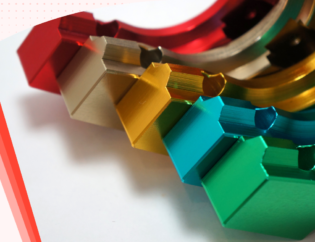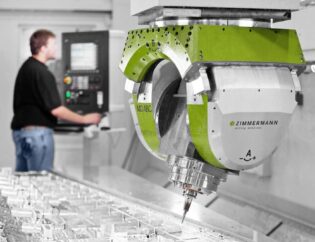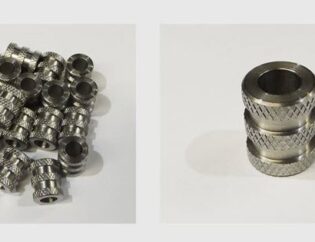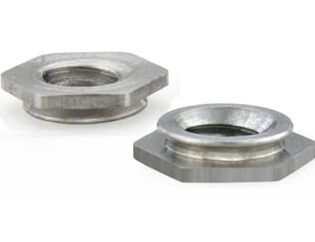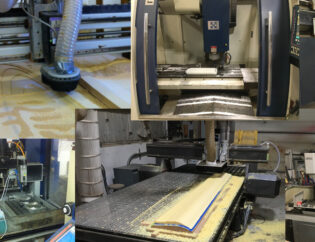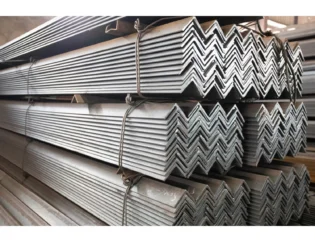Stamping aluminum sheet metal is a vital process in various industries, from automotive to aerospace. This guide delves into the intricacies of aluminum stamping, emphasizing its significance in creating lightweight, durable components. Understanding this technique not only enhances production efficiency but also contributes to innovative design solutions.
Readers can expect to learn about the essential tools, techniques, and best practices involved in aluminum stamping. We will explore the properties of aluminum, the stamping process, and the challenges faced during production. By the end of this guide, you will be equipped with the knowledge to optimize your stamping projects effectively.
Aluminum Stamping: A Comprehensive Guide
Manufacturers face constant pressure to produce lightweight, durable, and cost-effective components. Traditional methods often fall short, increasing production costs and decreasing competitiveness. Aluminum stamping emerges as a game-changing solution, offering a perfect blend of strength, versatility, and affordability. This process combines the malleability of aluminum with the precision of stamping technology, resulting in parts that meet strict tolerances while reducing overall product weight and costs.
Understanding Aluminum Stamping
Aluminum stamping is a high-speed, high-volume manufacturing process that transforms flat aluminum sheets into specific shapes using dies and punches. This technique is widely used across various industries, including automotive, aerospace, and consumer electronics, due to its efficiency and ability to produce complex geometries.
Technical Features of Aluminum Stamping
Here are some key technical features of aluminum stamping presented in a comparison table:
| Feature | Description |
|---|---|
| Material | Primarily uses aluminum alloys like 1100, 3003, 5052, and 6061. |
| Malleability | Aluminum’s malleability allows for intricate designs without cracking. |
| Corrosion Resistance | Aluminum forms a protective oxide layer, enhancing durability. |
| Weight | Lightweight nature reduces overall product weight, crucial for many applications. |
| Cost-Effectiveness | High-speed stamping reduces production costs, especially for large volumes. |
| Surface Finish | Can be treated with anodizing, powder coating, or polishing for aesthetics and protection. |
Types of Aluminum Stamping
Aluminum stamping can be categorized into several types, each suited for different applications. Below is a comparison table of the various types of aluminum stamping processes:
| Type | Description |
|---|---|
| Blanking | Cuts out specific shapes from aluminum sheets, discarding the excess. |
| Piercing | Creates holes in the aluminum sheet, retaining the material around the holes. |
| Coining | Imprints designs or logos onto the aluminum surface without cutting. |
| Deep Drawing | Forms hollow shapes by pulling the aluminum sheet into a die cavity. |
| Embossing | Creates raised or recessed patterns on the aluminum surface. |
| Progressive Die Stamping | Performs multiple operations in a single pass, moving the part through several dies. |
Advantages of Aluminum Stamping
Aluminum stamping offers numerous advantages, making it a preferred choice for manufacturers. The lightweight nature of aluminum contributes to fuel efficiency in automotive applications, while its corrosion resistance ensures longevity in various environments. Additionally, the cost-effectiveness of high-volume production makes aluminum stamping an attractive option for businesses looking to optimize their manufacturing processes.
Applications of Aluminum Stamping
Aluminum stamping is utilized in various industries, including:
– Automotive: Body panels, brackets, and structural components.
– Aerospace: Aircraft panels, engine parts, and interior fittings.
– Consumer Electronics: Casings, heat sinks, and internal components.
– Construction: Window frames, roofing materials, and door frames.
– Medical: Housings for medical devices and surgical instruments.
Companies like Winco Stamping and KDM Fabrication specialize in providing high-quality aluminum stamping services tailored to specific industry needs.
The Stamping Process
The aluminum stamping process involves several key steps:
- Design and Planning: Engineers create part designs using CAD software, considering material properties and stamping limitations.
- Tooling Setup: Custom dies are manufactured based on the part design, ensuring precision in the stamping process.
- Material Preparation: Aluminum sheets are cut to size and lubricated to reduce friction during stamping.
- Stamping Operation: The press applies force to the aluminum sheet, forming it into the desired shape using the custom die.
- Quality Control: Each stamped part undergoes rigorous inspection to ensure it meets specifications.
Challenges in Aluminum Stamping
While aluminum stamping is efficient, it does present challenges. Aluminum’s heat sensitivity can lead to dimensional issues if not controlled properly. Additionally, its soft nature makes it prone to scratches and blemishes during the stamping process. Manufacturers must also manage tooling wear due to aluminum’s abrasiveness.
Conclusion
Aluminum stamping is a vital process in modern manufacturing, offering a combination of strength, versatility, and cost-effectiveness. As industries continue to demand lightweight and durable components, aluminum stamping will play an increasingly important role. Companies like HXSCO, Shengen Fabrication, and Zemetal are at the forefront of this technology, providing innovative solutions to meet the evolving needs of their clients.
FAQs
1. What is aluminum stamping?
Aluminum stamping is a manufacturing process that uses dies and punches to shape flat aluminum sheets into specific forms.
2. Why is aluminum preferred for stamping?
Aluminum is lightweight, malleable, and corrosion-resistant, making it ideal for producing complex shapes efficiently.
3. What are the common types of aluminum stamping?
Common types include blanking, piercing, coining, deep drawing, and embossing.
4. How does aluminum stamping compare to steel stamping?
Aluminum is lighter and more formable than steel, allowing for intricate designs, but it is softer and may wear tools faster.
5. What industries benefit from aluminum stamping?
Industries such as automotive, aerospace, consumer electronics, construction, and medical devices benefit significantly from aluminum stamping.


